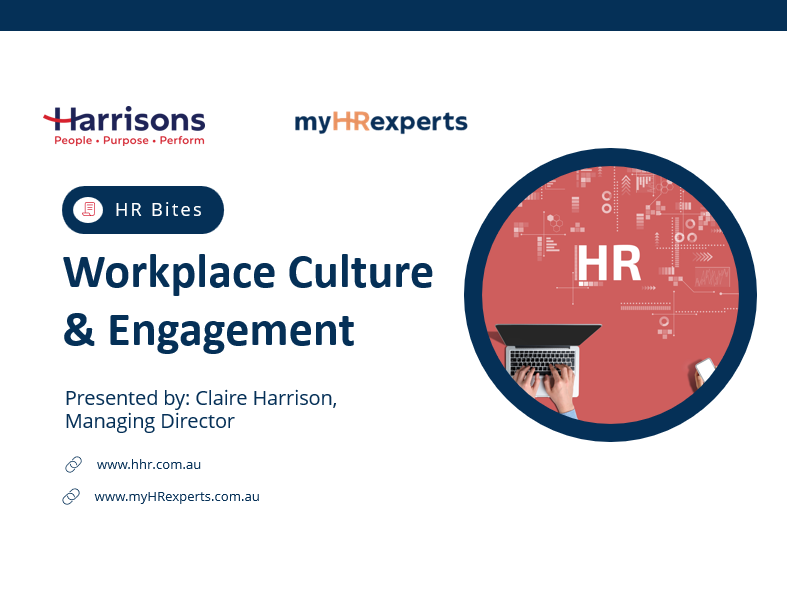The role of neuroleadership in cultivating a more inclusive leadership style is an evolving and fascinating subject. Neuroleadership is grounded in understanding the mechanisms of the brain to enhance leadership capabilities. It is informed by neuroscience research that suggests our brains are wired to respond to certain social threats and rewards in ways that are crucial to leadership and management practices.
SCARF
At the core of neuroleadership is the SCARF model, which encompasses five domains of human social experience: Status, Certainty, Autonomy, Relatedness, and Fairness. These elements are critical for leaders to understand and address if they aim to create a more inclusive environment. We recommend you use the SCARF model to move your leadership style toward inclusiveness.
Diversity, Equity & Inclusion
The business case for Diversity, Equity, and Inclusion (DEI) is robust. It suggests that companies with higher levels of diversity and inclusion tend to outperform their peers in terms of financial returns, innovation, decision-making, and employee engagement. Not only is there a legal requirement to create a DEI workplace, but by using the below strategies for inclusive leadership you will reap the many benefits that come from a DEI workplace, including:
Enhanced Innovation and Creativity:
- A mix of diverse perspectives leads to a more significant array of ideas and solutions, fuelling creativity and innovative problem-solving.
Greater Market Reach:
- A diverse team better understands different demographics, enabling the business to tailor products and services to a broader market and meet the needs of a diverse customer base.
Improved Employee Performance and Satisfaction:
- Equitable and inclusive work environments tend to see higher levels of job satisfaction and motivation, which correlates with increased productivity and performance.
Stronger Employer Branding and Talent Attraction:
- Companies known for their commitment to diversity, equity, and inclusion attract top talent looking for positive work cultures, improving recruitment efforts and reducing turnover costs.
Risk Mitigation and Enhanced Decision-Making:
- Diverse teams can challenge each other’s thinking, leading to better decision-making processes. This can also help mitigate risks by avoiding ‘groupthink’ and considering multiple perspectives.
Strategies for Inclusive Leadership
To become a more inclusive leader through the lens of neuroleadership and DEI, there are several practical strategies:
-
Team Meetings:
- Encourage equity in status by allowing all voices to be heard and by reserving the opinion of the most senior person until the end.
- Establish certainty by providing clear agendas and purposes before meetings.
- Foster relatedness by ensuring no one is excluded from the conversation, especially in hybrid or remote settings.
- Uphold fairness by using democratic methods such as online voting to gather opinions.
-
Recruitment and Selection:
- Position yourself to minimise status hierarchies during interviews.
- Clarify the recruitment process to provide certainty.
- Offer candidates autonomy by allowing them to choose their interview slots through scheduling apps.
- Enhance relatedness by sharing LinkedIn profiles of the interviewers and using a diverse interview panel.
- Maintain fairness by standardising interview processes and responding to all candidates in a timely manner.
-
Performance Discussions:
- Avoid assumptions that can affect perceived status, such as presuming gender roles in leadership or project management.
- Use a consistent structure for performance discussions to create certainty.
- Recognise individual goals and needs for autonomy in career progression.
- Practice relatedness through mentorship and seek to understand the unique perspectives of each team member.
- Ensure fairness by providing objective feedback and recognising contributions equally.
-
Working Environment:
- Minimise status-related perks to foster a sense of equality.
- Provide work schedules with ample notice to aid in certainty.
- Allow staff the autonomy to choose their work shifts.
- Promote relatedness through cross-team events that break down silos.
- Apply workplace policies consistently to maintain fairness.
Neuroleadership empowers leaders to use a science-backed approach to foster an inclusive workplace. By understanding and addressing the social drivers that influence behavior, leaders can create a work environment that not only supports DEI but also enhances overall performance and wellbeing.
Need Help?
For organisations seeking further assistance in implementing neuroleadership principles, consulting services such as those offered by Harrisons could be a valuable resource. Harrisons can provide expertise and tailored solutions to enhance leadership capabilities in alignment with neuroleadership and DEI principles. For more information, contact Harrisons at the provided contact details.
Claire Harrison is the Founder and Managing Director of Harrisons, a flourishing HR consulting business that sprouted in 2009 from Claire’s passionate belief that inspiring leaders and superstar employees are the key success factor to any business. With over 20 years’ experience, Claire has worked as a HR Director of multi-national organisations, as a Non-Executive Board Director, and a small business owner. Claire’s corporate career includes working with companies such as BHP, Westpac, Fonterra and Mayne Nickless.




